|
“MatheMusics” unifies Music, Mathematics, Consciousness and Health.
The foundation is the understanding that the universe is a field of vibration.
As we can see from the existence of material object, such fields are bounded.
This leads to the quest for a notation for realisation: sensation of participation in creation.
Music is a sensation, the same is the case for mathematics (“Beauty of Mathematics”).
What is felt by the mathematician, is sensed by the (audience of) the musician.
In music, it is a physical/mental response to the external form field vibration.
In mathematics, and in health, is the internal sensation of the form field vibration modulation.
- Music – phase fields
- Mathematics – informatics
- Consciousness - bio/body software programming
- Health – bio/body software programming
The aim is to come to a language for the integrity/integration of/for bodily health.
This desire is based on the relationship between light-/EM/Chemical-/Material field coherence.
Therein the photon leaps relate to inter-atomic electron leaps causing intra-atomic electron gradients (‘acidity/alkalinity’) in molecules and form electron bonding in matter.
Introduction
The following Essay seeks for a notation for our inner/outer sensation.
As part of the series on MatheMusics, it seeks a formulation of/for Health.
This seems to call for a different notation than is traditionally used by musicians.
Instead, it seems to seek a notation similar to the notation of the Circles of Quints.

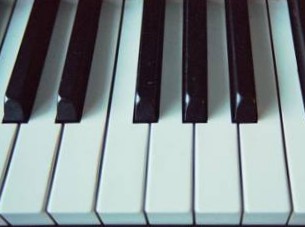
Figure 3. The piano keyboard: integrating pentatonic (black) with octave (white)
Note that there are two places (‘pags’) where white keys are next to each other.
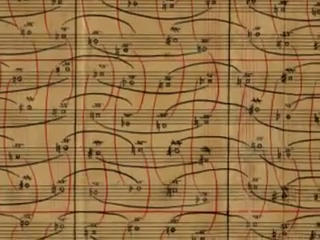
Music can be imagined to start with one note; a drum beat, string/air vibration or sung.
Then, a relationship between notes was discovered; known as the pentatonic cycle.
That led to the discovery of 8 ‘in-between notes’ (with 2 ‘absent notes’ in that system(.
The Quest
The following is a quest for understanding, from pentatonic to octave to 12-tonal scales.
It questions the arbitrariness of the different types of notation.
It seeks a notation which, in itself, can reflect our qualities of sensation.
This is part of the quest for a notation for scientific Involvement; our participation in creation.
Figure 4 shows the loss of musical meaning as presented by Arnold Schönberg.
It is the equivalent of low of meaning if reductionistic material science.
Music is a language of frequencies, thus of vibrational cycles.
Music is therefore a representation for the organisation of Time.
The organisation of Time is described in “The Four Dimensions of Time”.
The relative role/function of Time is described in “Space, Time, Energy Consciousness”.
The organisation of time is described in Roberto Renout’s “Hypermandala.com”,
Here the notation of astrology (rhythm) is related to the notation of music.
A specific music-notation is needed, to enable the 4D spatial nature of sound fields.
The traditional linear model of music representation does nut suffice; it fails in many ways.
It does not show the sound wave pattern, nor their relationship; cf. Laban Notation.
The figure below appears to be the minimal representation of/for musical coherence.

In this above representation (Figure 5) all notes of the octave are represented.
The octave, higher harmonic, is (literally) at a larger scale; the larger cycle/circle.
In the representation any of the musical notes of the octave can stand central.
It is even possible to give each of the notes/circles/cycles/frequencies its own colour.
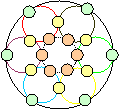
Figure 6. The musical octave, with the points of contact
By including the points of contact, implied patterns of coherence can be made explicit.
For example; each non-central-cycle has 4 points of contact (squaring the cycle/circle).
The middle cycle/frequency lies embedded in two balanced triangles ▲+▼=.
This pattern can be fractal-extended, the next step is implied in the following figure (3):
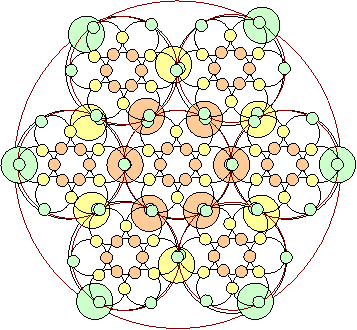
- Figure 7. The musical octave, with its frequency form superimposed
Figure 7 shows the superposition of Figure 2 with the ‘higher octave” of itself.
In this specific image the non-precision in drawing appears as an ‘interference pattern’.
It is that (Moiré) ‘interference pattern’ which is the basis of the emergence of ‘dis-ease’.
This has been described in the paper entitled “The Equation of Health”, on cell division.
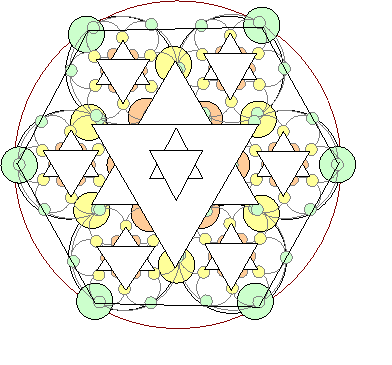
Figure 8 shows the same spatial organisation, while using a different notation.
Instead of the notes/frequency/cycles/circles, the points of contact are drawn.
Instead of showing the coherence in the form of the wave cycles, this shows their links.
This shifts the perspective from time to energy; from Physiology to System Regulation.
Musical Spheres
However, there are many shortcomings to this representation: it is not 4D spatial.
Not is it scaled: tones which are longer/shorter wavelength are not seen as such.
Also, the standard five semi-tones are not included in that schematic representation.
Instead, there are always 6 points of contact between adjoint circles (12 in total).
The Zodiac is a standard representation for a system of 12 elements/notes/tones.
The astrological mandala also has a standard musical planet-note interpretation.
For the Zodiac, the astrological cycle, there also is a spheroidal (spherical) representation.
The following image (Figure 9) shows half of the (Symmetric) notation:
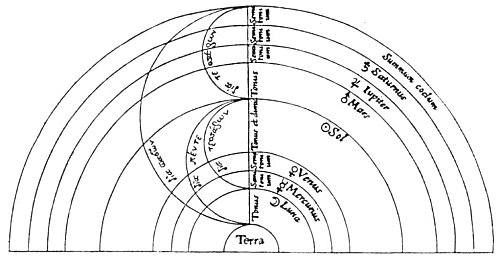
In Astrology there is a direct relationship between the 12 ‘planets’ and our organs.
These organs together form a Möbius Loop, ‘turning the system inside-out’.
These organs/notes represent our capacity to interface/interact with/in our context.
Traditionally these organs/frequencies are called the Hindu/Greek/Roman ‘gods’.
This potential/principle/power of these gods/notes represents our capacity to interface.
As shown by Cymatics, medium frequencies/vibrations all have their of spatial shape.
The ‘cells’ formed in Cymatics can be equated to the ‘cell’ membranes in our body.
In that manner we can see/understand our whole body in terms of music/vibrations.
The above helps understand why the body decays, collapses, when life falls away.
At that time there is no vibrational field to keep the cells in formation.
Even the molecules in the cells can thereby decay and collapse.
This insight was the foundation fro this exploration, the essays on MatheMusic.
The standard astrological Mandala thus represents our capacities to interface, and/as planetary rhythms.
This, like in Cymatics, addresses our capacity to interface with/in our context.
This puts the role of Astrology at the 3rd Order System level, within our body.
That is the domain of Interfacing; the Regulatory System, of/for Boundary Re-Definition.
Figure 10 shows the standard astrological Mandala, the ‘musical bars’ for body rhythms.
Figure 11 shows a typical ‘musical script’; (‘bars with notes’) the “astrological Chart”.
Figure 12 shows the HyperBoule, Roberto Renout’s 3D Astro-mandala representation.
The hyperboule incorporates and integrates all the “Platonic Solids” (Vibration shapes).
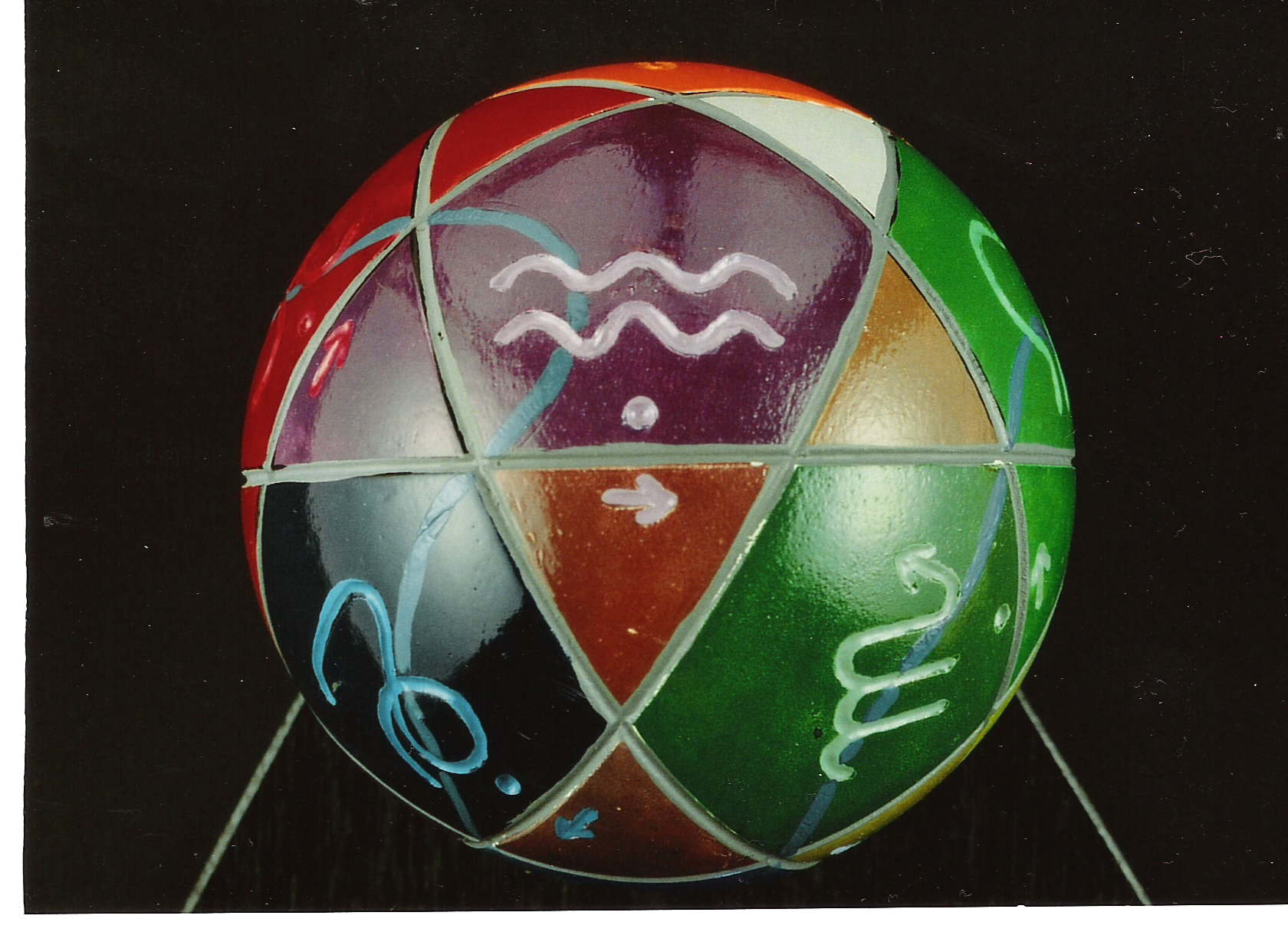
|